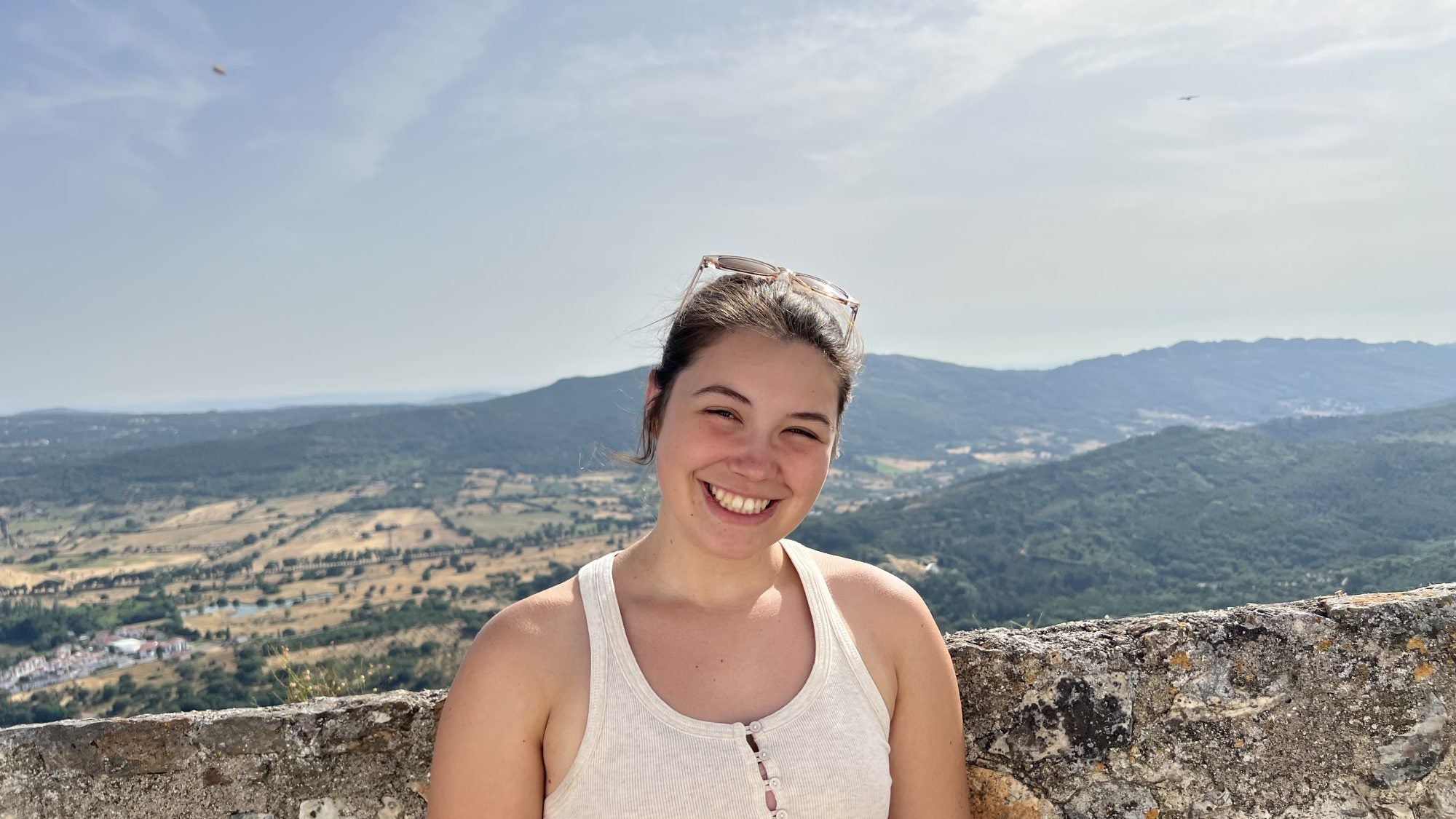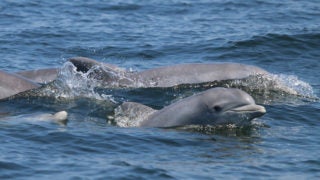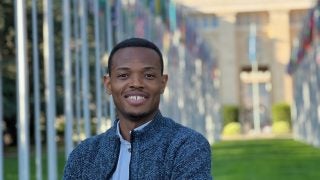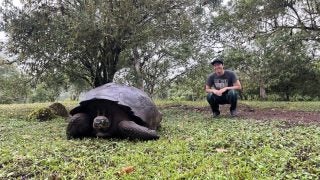This story is part of our summer storytelling series, which follows Hoyas’ adventures near and far.
Caroline Sewell (C’27) has been studying Latin since she was in seventh grade. She’s always been fascinated by language and how humans communicate and translate information with each other.

At Georgetown, Sewell wanted to build on her Latin studies and deepen her understanding of Roman history and culture as a double major in classics and neurobiology.
“I’ve learned so much more about the field of classics and how it’s not only about the language, but the interesting implications of it linguistically on other languages and how that culture has shaped our society today,” she said.
This summer, her fascination with classics came alive as she helped excavate an ancient Roman villa in Redondo, Portugal, a few hours east of Lisbon. She worked with the Santa Susana Archaeological Project, which has excavated the villa for over a decade and hosts a field school every summer to teach the fundamentals of archaeology. Her summer project in Portugal was funded by a gift to support summer student research experiences from John Brozovich (C’05), who studied classics at Georgetown.
Sewell said it can be easy to feel removed from the rich history of Roman society after years of studying Latin textbooks. However, her summer in Portugal enabled her to see what she is studying at Georgetown.
“You spend nine years learning this language, except the text you’ve been learning has been processed so it’s cleaner and written out with editor’s notes, commas and punctuation. It’s very removed. You’re studying the past, but there’s not that connection. To feel connected physically is really cool.”
Digging Through Roman History
In the outskirts of Redondo, Sewell worked at the site of a Roman villa that has artifacts from as early as the first century B.C., according to estimates from the Santa Susana Archaeological Project. A villa was a countryside estate that often served agricultural and social purposes in Roman society, said Sewell.
Sewell likened her everyday work to gardening. She spent her days on the ground using tools like trowels and hand picks to search for Roman artifacts in the dirt. Because the villa is underground, the archaeology team uses survey data, ground-penetrating radar, magnetometry and excavation techniques to study the site.
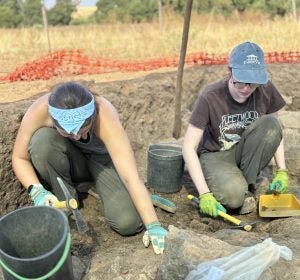
Over years of excavation, the project has found fragments of artifacts related to cooking, eating, food storage and construction. Sewell said she developed an appreciation for archeology and the care required to handle ancient artifacts.
“Archaeology by its nature is a destructive science, a destructive art. When you’re excavating something, you can never put it back in the exact context that it was found,” she said. “It has that physical nature to it, but it also has that kind of precision where you have to generate force to excavate it, but also have to be careful at the same time.”
While Sewell didn’t come across any groundbreaking artifacts in her excavation, she was fascinated by the artifacts ancient Romans used. She also saw similarities between archeology and her research in a neurobiology lab at Georgetown.
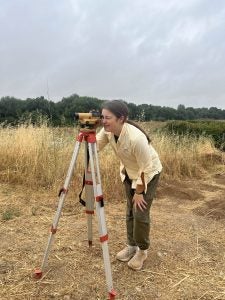
“There are some days you’re digging and don’t find anything. That’s part of the process, and it’s reminded me of my work in neurobiology,” Sewell said. “Sometimes you do everything and just don’t find anything.”
After completing her project in Portugal in July, Sewell returned to Georgetown to continue her research in the lab of Haiyan He, an assistant professor of biology in the College of Arts & Sciences. In the He Lab, Sewell studies the role of neuronal membrane proteasomes, a complex found in neurons, and how they affect learning. She likened the study of language to how neurons in the brain translate and communicate at the cellular and molecular level to spur the body into action.
While Sewell doesn’t plan to pursue an archaeology career, she said her summer excavating the Roman villa complemented her studies in the humanities and sciences and was an experience she’ll treasure.
“To be there physically in the dirt, it’s not like I’m immediately touching something that an ancient Roman touched,” she said. “But the possibility of that and knowing that I’m in the same spot where the people whom I’ve been studying for so long have lived is a surreal experience.”
